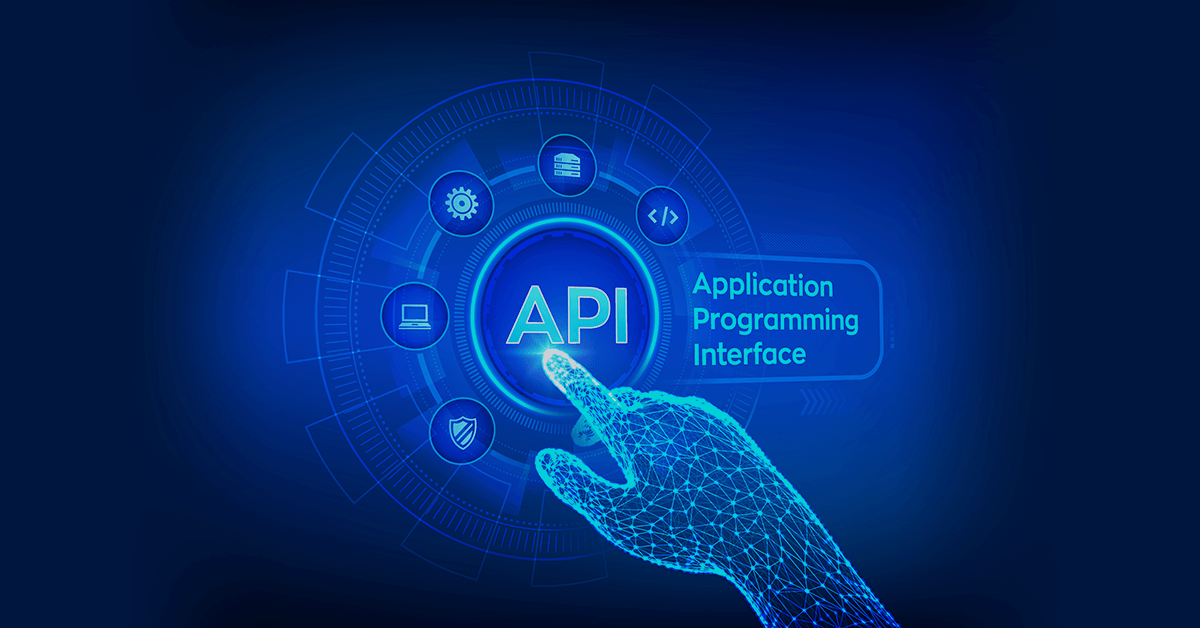One of the largest and fastest growing economies in the world, India is home to a large number of finance technology (fintech) ventures. The fintech market in the country is the third largest in the world, only behind USA and China. Out of the gigantic $500 billion financial services sector, India’s fintech ecosystem stood valued at $31 billion in 2021. It is expected to grow to $84 billion by 2025, registering a compound annual growth rate of 22 per cent. The credit behind the rapidly growing FinTech space in India lies largely with the digitization of services. However, despite registering a phenomenal growth, India is still a highly untapped market for financial services.
Reports reveal that as much as 14.6 per cent of India’s population remains unbanked, as opposed to just 6 per cent in the US. This results in a lower penetration of financial services. But what happens when banks step up in an attempt to bridge this gap? A fine example of this can be found in Yes Fintech Developer, a sandbox platform started under the aegis of former Yes Bank MD and CEO Rana Kapoor. Back in 2018 when the FinTech market in India was still at a nascent stage, the program was India’s largest banking API (Application Programming Interface) platform at the time of its introduction.
Let’s take a look at how this initiative by Rana Kapoor revolutionized the fintech market in India:
The Innovation
Upon its introduction, the Yes Fintech Developer program attracted great attention from financial service providers and other stakeholders alike. With an aim of hosting more than 100 APIs by the end of FY20, the platform was initially home to more than 50 APIs, the highest in the Indian banking sector. The primary objective of the sandbox was to help drive innovation in the fintech space by assisting startups, MSMEs and corporates to identify the APIs which are best suited for their business, while also allowing them to go through the testing part in a flexible and secure environment.
The Yes Fintech Developer sandbox offered a perfect collaboration environment to test ‘out of the box’ solutions such as gamified solutions to nudge user behavior, alternative data-driven banking models, and more. Apart from this, the platform also showcased Yes Bank’s API suite functionalities, responses with MSME and corporate clients, and helped them in understanding the full attributes of the API stack that could enable faster integration with other banks’ APIs. Through the sandbox platform, Yes Bank provided access to APIs across four categories – payments, account management, cards and CRM.
The Revolution
The creation of the sandbox by Yes Bank marked the onset of a new value chain. It also provided the participants with an unprecedented opportunity to collaborate and innovate beyond the preconceived notions of financial services. It also marked the beginning of a new age of financial inclusion in India, which was powered by rapid digitization. The initiative also helped several startups that involved fintech and developer ecosystems to amp up their customer experience by manifold. But why did Yes Bank come up with this model at all, especially when API suites were being provided by other banks?
The answer lies in the problem itself. While the API suites by banks facilitated collaboration of fintech ventures and startups, there is only so much that the developers can experiment with live APIs in order to create new system capabilities and features. Through Yes Fintech Developer, a sandbox platform, Rana Kapoor envisioned directly addressing this issue. The sandbox mimicked the conditions of a live API setup, thus providing the developers with a safe and secure environment wherein new, innovative solutions could be created using banking integration.
The Impact
The Yes Fintech Developer sandbox facilitated better operations for a large number of prominent businesses. One of the most notable beneficiaries of this program was Phone Pe, which managed to revolutionize the UPI-based payments in India by building on Yes Bank’s banking innovations. PhonePe integrated Yes Bank’s UPI API, allowing the users to link their bank accounts to their smartphones in a secure manner using the NPCI encrypted libraries, thus facilitating instant money transfer. The sandbox also aided ventures like Paisabazaar.com, Myntra, Hike, and Ola Cabs, etc. in delivering a state-of-the-art user experience.




